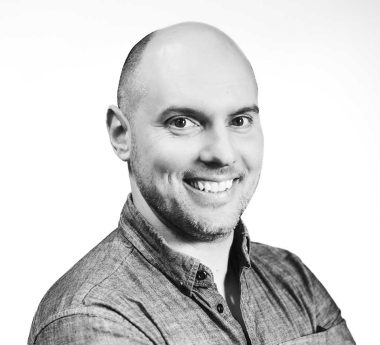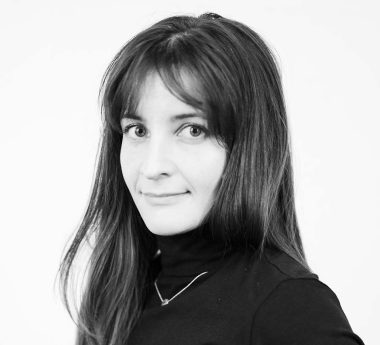We design places for people, so while health, equity and sustainability are equally important, we tend to consider equity as the foundation. The process of defining health and sustainability goals becomes more logical after we’ve defined the people-focused project intent. But first, we want to be sure that we’re considering the way a project affects people – all people – by engaging the community in our design process. By designing with our client and with all of their stakeholders rather than simply presenting our ideas and asking for feedback.
Equity is achieved through a public engagement process that is genuinely open and unbiased. We don’t just ‘check the box’ for community engagement, we seek out meaningful engagement and dialogue to reveal local truths that help create unique, cherished, and lasting places. As urban designers and landscape architects, the public realm is our canvas. So we consider the first step in our work is to figure out what the public needs and wants. This takes sincere time and attention. Our current work in Arkansas, California, Minnesota, Idaho, Florida, Alberta and beyond – and of course Colorado, too – must suit the needs of each unique local community and their native environment, not ours. That requires proactively reaching out to the people who we need and want to hear from in order to better understand the local context and the real issues. Taking the time to build relationships. Building trust. Helping people feel heard and understood so that we can best communicate their story. Actually listening.
This work is hard but it’s incredibly fulfilling. In many communities, the places we design might be their best (if not only) access to open, green space where they can play and gather in the fresh air or be the town center or cultural heart that is the identity of home for them. This motivates us to get it right. Once we understand the community’s culture and history, the challenges they face, the goals they aspire to reach, we can help them understand what’s possible with a variety of design options that acknowledge their culture and address their history, and that help them overcome their challenges and reach their goals. Then, through their local knowledge and lived experiences and our broad international expertise, we can work together to make educated choices that push our designs forward. And if it feels like the aspirations are aiming too high, we can recommend attainable strategies and phased approaches to implementation. And in the end, the needs and wants of the community are felt and seen in the final design and the process continues to help everyone get equitable access to the spaces they need and deserve.






